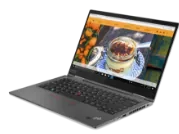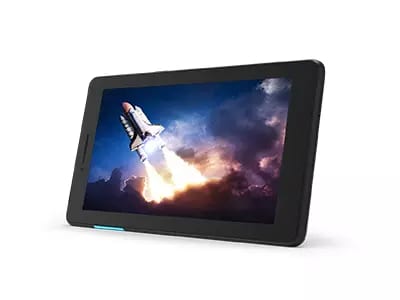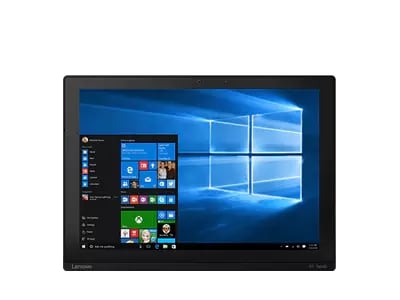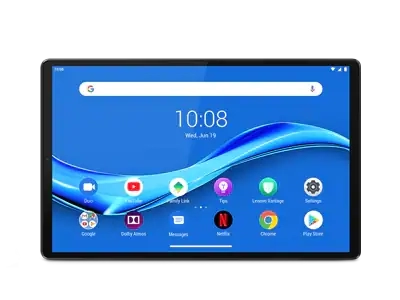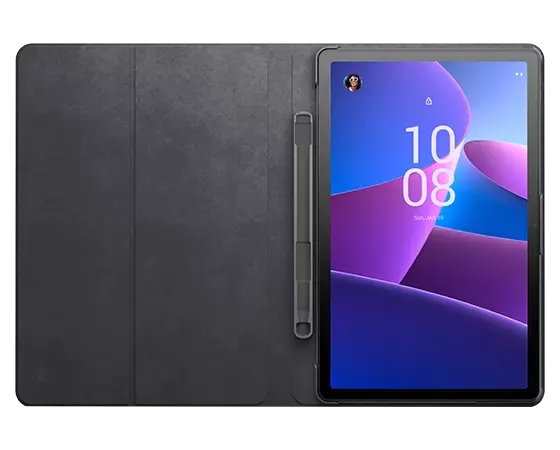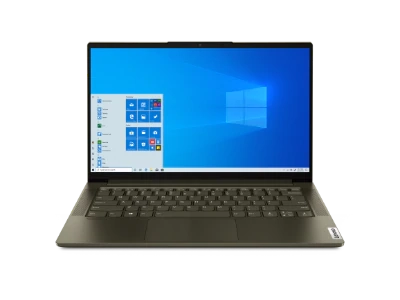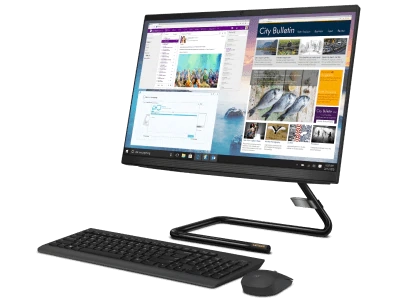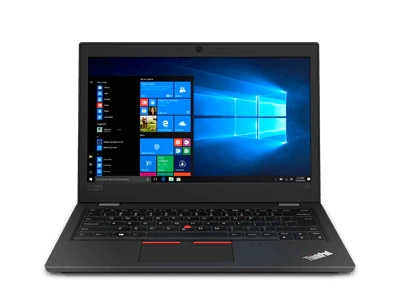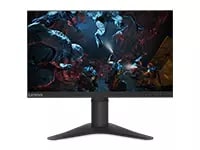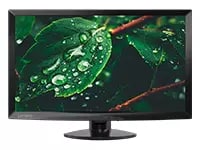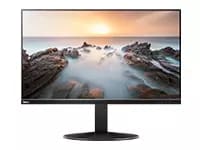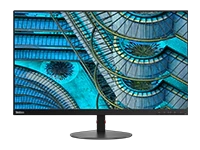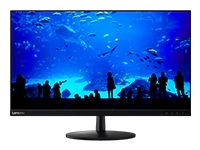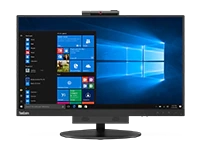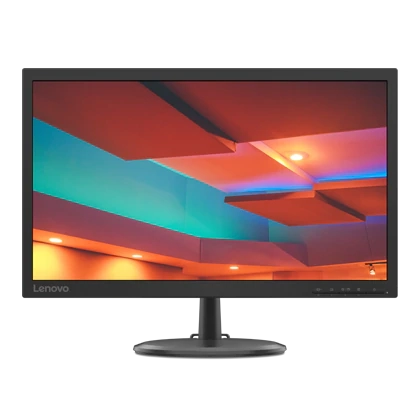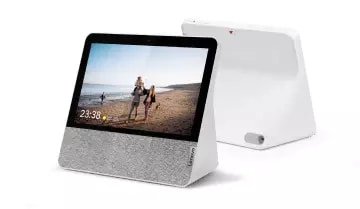How do I choose the best PC gaming accessories?
Buying PC gaming accessories can potentially be a longer-term investment than the actual gaming PC or gaming laptop you’ve chosen. It’s critical to make the right decisions early on, as once you’ve decided on the gaming PC you want most, you’ll want to pair it with top gaming accessories that won’t hinder your in-game performance, but will instead evolve it.
The number of gaming accessories you’ll need to maximize your performance is a bit intimidating. So, check out the essentials gaming accessories you’ll want to consider below.
How to choose the best gaming keyboard and mouse
If your new gaming PC doesn’t come with a mouse and keyboard, you’ll also want to look for a quality gaming keyboard and mouse combo. And even if your shiny new gaming PC does include a keyboard and mouse, you may want one with some additional features, so you might just choose to upgrade to models with a few more key capabilities.
Gaming mice may all look roughly the same as most any PC mouse available, but there are a wide range of options to consider when choosing the right gaming mouse for you. Massively multiplayer RPG players may want a mouse with more buttons than the standard gaming mouse that features only two or three thumb buttons, as MMO games have many hot key considerations and more abilities that you can assign to additional buttons on your mouse.
However, for first person shooters and more straightforward competitive games, a mouse with only a couple of thumb buttons may be more convenient – allowing you to make quicker presses with just two side buttons that are more prominent and easier to access. Lastly, consider the weight and DPI limitations of gaming mice. Gaming mice with a higher DPI, or sensitivity, are capable of allowing a considerably higher amount of accuracy than a mouse with a lower DPI ceiling.
Also, a lighter weight mouse is generally easier to move about, which also allows you to be more accurate in some cases. Many gaming mice also come with weight blocks that you can add or remove from the interior of the mouse to balance its weight to your preferences.
Gaming keyboards also come in many forms, with many featuring additional media and other gaming-specific keys, and some including or excluding a dedicated numpad. Those without a dedicated numpad, which again may be more helpful in an RPG than in an FPS or other game type, are more compact and mobile – these compact gaming keyboards are a favorite of many competitive gamers, especially those who dedicate themselves to shooters.
But if you have the space and are mostly an at-home gamer, there are benefits to having a wider gaming keyboard that allows for more buttons that can be assigned directly to in-game commands. Also consider that each gaming keyboard you look at will feature a specific switch type.
Choosing the switch type of your keys often comes down to personal preference, but the sound of your clicks and tactile feel of the keys as you press them are all impacted by the type of switch a gaming keyboard features. Want a louder, more assured keystroke? Go for a mechanical gaming keyboard with linear switches that need to be pushed all the way down to activate. Tactile switches are another option – these only need to be pushed halfway down to activate, meaning you can flow more quickly to the next key, so these may be better if you both work and game with your keyboard.
For both gaming keyboards and mice, you’ll most likely be hard pressed to find a model without RGB lighting capabilities these days, but RGB lighting may be an additional consideration.
RGB lighting abilities vary across models, with some having more lights and more capabilities to customize the lighting than others. So look at the software that you’ll use to command RGB lighting for any brand of gaming keyboard and mouse you may choose, and know that that software will also be an integral part of how you assign actions and commands to individual keys on both your gaming keyboard and mouse – simply put, the software should be as good as the hardware.
How to choose the best PC gaming headset
Next up, you’ll mostly likely want to consider a surround sound gaming headset over a pair of gaming speakers. A gaming headset is a critical selection for both hearing enemies and the in-game world around you, and also communicating clearly with any and all teammates in multiplayer team games. Headsets that feature noise canceling microphones will help you more clearly communicate as background sounds around you take a backseat.
You can save quite a bit on a gaming headset if you choose a stereo model, but those savings come with limitations. Stereo gaming headsets may limit your ability to place the location of any sound in-game, while surround sound models provide a 7-point or larger spectrum of sound that help you more clearly pinpoint enemy movements and other in-game sounds. Being able to accurately place the location of sounds, especially in competitive gaming, is a near-essential need.
How to choose the best gaming monitor
If you’re buying a gaming PC, you’ll definitely need a quality gaming monitor, and even if you jump for a gaming laptop, you may still want to have a larger gaming monitor to expand your visuals when playing at home.
First, you’ll want to consider your space and your desired screen size. A 27 inch gaming monitor is considered by many to be the ideal screen size for PC gaming – this size of screen doesn’t provide too much real estate, so that you can keep your head stationary and reaction times faster as you’ll move your head less to see elements of a game from side to side. Some gamers will even dip as low as a 24 inch screen size depending on how close to the display they’ll be sitting.
Above the standard 27 inch, there are larger screen sizes if you really want to let your game shine, and these larger displays may be more ideal for casual or single player gaming as quality models can reach 32 inches, 44 inches, and even beyond – the larger your screen size, the more immersive the game experience.
Whether you choose a gaming monitor with a TN panel or IPS panel is another consideration. TN panels are often considered to be a bit better for gaming as they feature faster response times and refresh rates, but IPS panels generally have better viewing angles and color accuracy.
Next, response times, refresh rates, and visuals are one of the most important considerations. If you’re a more competitive gamer, you’ll want to make sure you gaming monitor’s response time is around 1ms, and that your refresh rate is 144hz or above. Both of these stats help ensure that your gaming monitor won’t hold you back in the heat of the action, as response times and refresh rates ensure the monitor processes visuals as quickly as the action is taking place – that is, without lag or delay.
It will also help if your gaming monitor syncs with your graphics card. To better sync the action and avoid any disruptive visual tears, choose a monitor that features AMD FreeSync technology if you’re running an AMD graphics card. Or if your gaming PC has an NVIDIA GeForce graphics card, choose a monitor with GSync technology.
Next, you’ll need to choose an HD, QHD, or even 4K display. Each level simply adds more pixels, meaning the graphics and visuals of your games will pop even more as your visual fidelity improves. Just remember, higher resolutions need more graphics horsepower to achieve high refresh rates. Most modern gaming PCs can handle up to FHD gaming pretty well, even in competition, but 4K gaming on PCs, at least 4K gaming with smooth, fast-paced, competitive action, is something that will require only the best of gaming PC components to render. Most gamers will stick with a QHD or lower gaming monitor.
Lastly, take a look at the NITs as you consider gaming monitors. The higher the NITs capacity of a gaming monitor, the higher the peak brightness that monitor can achieve. Technologies like HDR, which helps boost in-game lighting to more natural and spectacular levels, requires around 500 NITs. Another element that impacts visuals is sRGB gamut. sRGB gamut is generally measured as a percentage of the sRGB color spectrum that a monitor can reproduce – the higher the sRGB percentage of a gaming monitor, the more spectacular the colors that monitor will be able to achieve.


Limits: Orders limited to 5 computers per customer. For larger quantities, go to the “Where to Buy” section of the website for details of resellers and retailers of Lenovo products
Offerings and Availability: All offers subject to availability. Offers, prices, specifications and availability may change without notice. Product offerings and specifications advertised on this website may be changed at any time and without notice. Models pictured are for illustration purposes only. Lenovo is not responsible for photographic or typographic errors..
PCs shown here are shipped with an operating system.
Prices: Web prices advertised include VAT. Prices and offers in the cart are subject to change until the order is submitted. *Pricing - savings referenced off regular Lenovo web prices. Reseller prices may differ from those advertised here.
**Battery: These systems do not support batteries that are not genuine Lenovo-made or authorised. Systems will continue to boot, but may not charge unauthorised batteries. Lenovo has no responsibility for the performance or safety of unauthorised batteries, and provides no warranties for failures or damage arising out of their use. **Battery life is based on the MobileMark® 2014 methodology and is an estimated maximum. Actual battery life may vary based on many factors, including screen brightness, active applications, features, power management settings, battery age and conditioning, and other customer preferences.
Finance is provided by Duologi. Duologi is the trading name of Specialist Lending Ltd.
General: Review key information provided by Microsoft® that may apply to your system purchase, including details on Windows 10, Windows 8, Windows 7, and potential upgrades/downgrades. Lenovo makes no representation or warranty regarding third-party products or services.
Trademarks: Lenovo, ThinkPad, IdeaPad, ThinkCentre, ThinkStation and the Lenovo logo are trademarks of Lenovo. Microsoft, Windows, Windows NT, and the Windows logo are trademarks of Microsoft Corporation. Ultrabook, Celeron, Celeron Inside, Core Inside, Intel, Intel Logo, Intel Atom, Intel Atom Inside, Intel Core, Intel Inside, Intel Inside Logo, Intel vPro, Itanium, Itanium Inside, Pentium, Pentium Inside, vPro Inside, Xeon, Xeon Phi, Xeon Inside, and Intel Optane are trademarks of Intel Corporation or its subsidiaries in the U.S. and/or other countries.© 2023 Advanced Micro Devices, Inc. All rights reserved. AMD, the AMD Arrow logo, Athlon, EPYC, FreeSync, Ryzen, Radeon, Threadripper and combinations thereof are trademarks of Advanced Micro Devices, Inc. Other company, product or service names may be trademarks or service marks of others.






